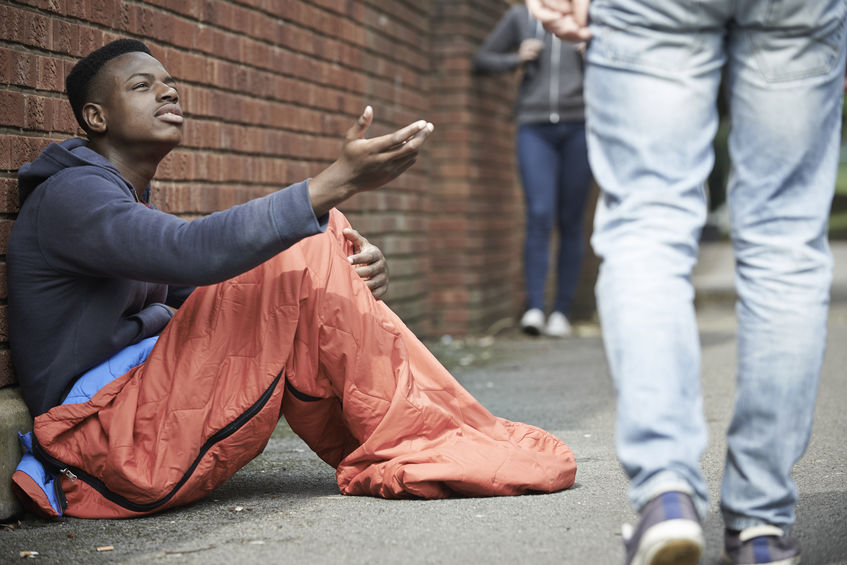Thebe Mabanga
The bad news have started turning from a trickle into a flood. The question now is no longer how severe the impact of the spread of COVID-19 but rather how long it will last.
A range of indicators and National Treasury’s own assessments have made it plain clear that we are all in for hell of a ride.
COVID-19 is truly turning out to be the Black Swan event of 2020 and once it has passed, hopefully this decade.
Last week, it was reported that GDP for the United States contracted by 4.8% for the first quarter of 2020 with unemployment claims for the penultimate week of April rising by 3 million, after rising by 4 million the week before.
At the same time, the Eurozone GDP was found to have shrunk by a record 3.8% in the first quarter.
The Eurozone is a key destination for South African value added exports such as catalytic converters in the platinum value chain and some automotive parts.
The most immediate questions confronting South African companies is how they will get through the various levels of the lock down.
Last week, the SA Reserve Bank reported that the money supply rose by 9.4% in the year to March after rising by 7.6% in February.
Private Sector Credit Extension, borrowing to the whole private sector excluding banks, rose by 7.8% as companies borrowed to supplement cash flows.
This is expected to slow for the rest of the year.
“Companies will struggle to revive earnings even after the lockdown is lifted, forcing further restructuring and cost-cutting measures, which will more than likely entail cutting back on capital expenditure, reducing wage increases, scrapping bonusses and retrenching workers,” said Nedbank in a research note released this week.
The National Treasury came with its own set of grim news and painted a doomsday scenario if the spread of Covid is not successfully contained by the end of 2020.
Treasury paints three scenarios of a quick, slow and long recovery from COVID-19 and assess its impact on economic growth, employment and tax revenues.
In the quick scenario assumes a lockdown of 21 days and slowing of infections by the end of the second quarter.
The first assumption no longer holds while the second looks less likely.
In the scenario economic growth declines by 5.4 % an assumption which looks optimistic. Treasury still projects job losses of a frightening 3 million in the long term under tis scenario.
In the slow recovery, Treasury projects the economy to shrink by 12% with 5 million jobs lost.
In a worst case scenario of long recovery and the spread of COVID-19 continues beyond 2020 and lockdown remains in place in some form, Treasury projects economic decline of 16% and a loss of 7 million jobs to yield unemployment of 50%.
That is a scenario too ghastly to contemplate.
Tax revenues are expected to fall by between 27% and 32% across the three scenarios.
Last week, Nedbank said it expects the economy to shed 1, 6 million jobs this year, which is more than the 900 000 that were lost as a result on the 2008 financial crisis.
South Africa’s fiscal deficit is currently projected to widen by 13.3% of GDP and the debt-to-GDP ratio to rise above 75%.
The effect of COVID-19 is most acutely felt on the international trade front.
Last week, the South African Revenue Services reported that the country’s trade surplus—the difference between exports and imports – widened to a record R24.3 billion in March.
This follows a revised surplus of R13.7 billion, down from R14.2 billion in February, Exports were boosted by that fact that the lockdown only cost three days in March while imports were suppressed by the fact that lockdowns were already in place in much of the world.
A further blow to the South African economy came with the news that Standard’s & Poor’s downgraded South Africa’s long term foreign and domestic currency debt a notch down in both instances with the only silver lining being that they kept the outlook stable rather than negative.
Amid all the diplomacy and acceptance of the decision, one can imagine mutterings of “bastards” in South Africa’s corridors of power.
The latest downgrade came as South Africa officially exited the World Government Bond Index (WGBI) after being downgraded by Moody’s on Day 1 of the lockdown, the new way to keep track of time.
Exiting the WGBI means that certain funds must automatically dump South Africa’s government bonds, which would then depress their yields.
Under current circumstances, this action will now likely be countered by the Reserve Bank’s purchase of government bonds on the secondary bond market since late March.
The ratings downgrade come at the worst possible time of course and in its simplest form a rating answers the question “how likely is country to default on its debt?” as Argentina did in December 2001.
Since COVID-19 is the latest reason for the downgrades and 212 countries have reported Coronavirus, then soon very few countries will be able to borrow.
All of this comes as South Africa awaits approvals on a total of $5 billion, just shy of R 100 billion, from the New development Bank or Brics Bank, the World Bank and the International Monetary Fund.
That debt may be granted on favourable terms, but it is made more costly by both the downgrades as well as the fact that there is intense competition for the funding.
In all of this, the JSE and the Rand have not been spared.
At the end of last week, the All Share Index had lost 12,4 % for the year and at R 18 to the dollar, R 20 to the Euro and R 23 to the pound, the Rand has lost between 22% and 25% against those major currencies.
It seems like things will get worse before they get better, whenever that is.

